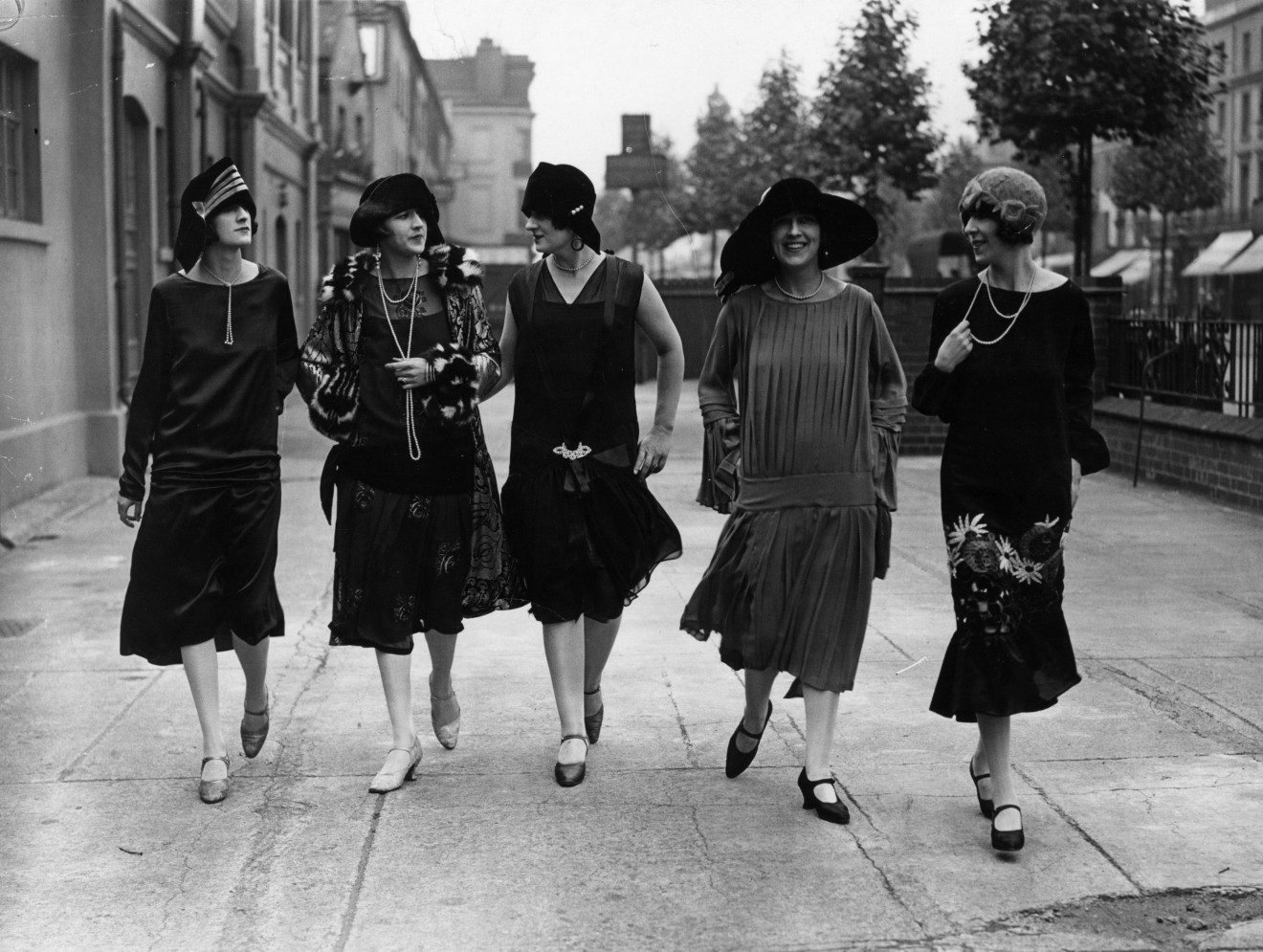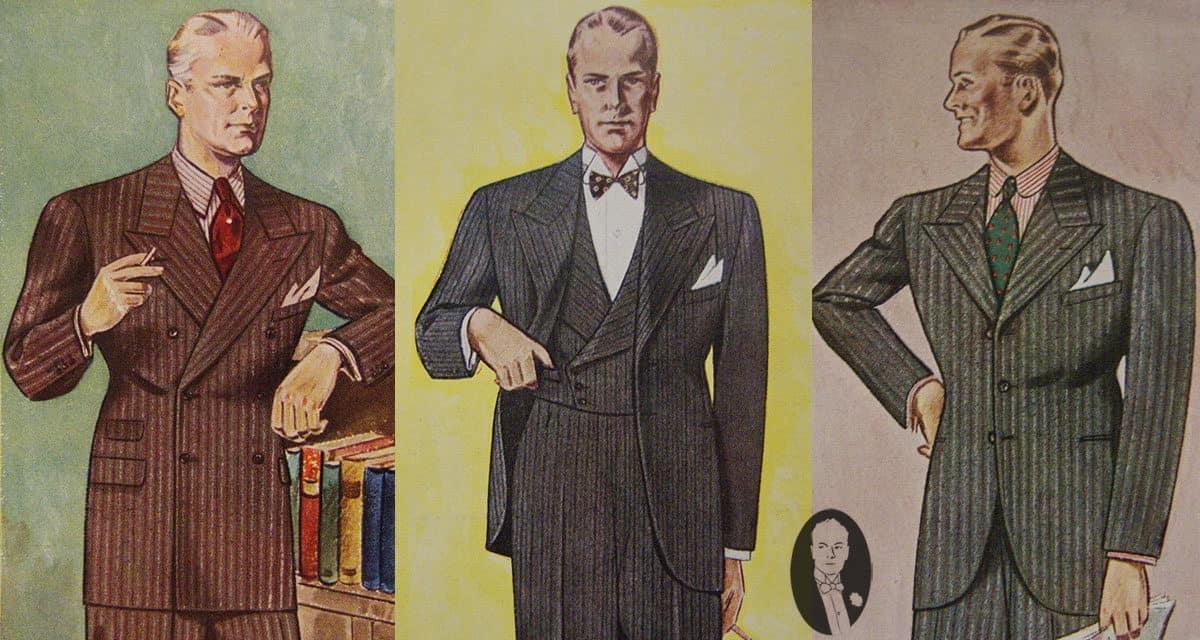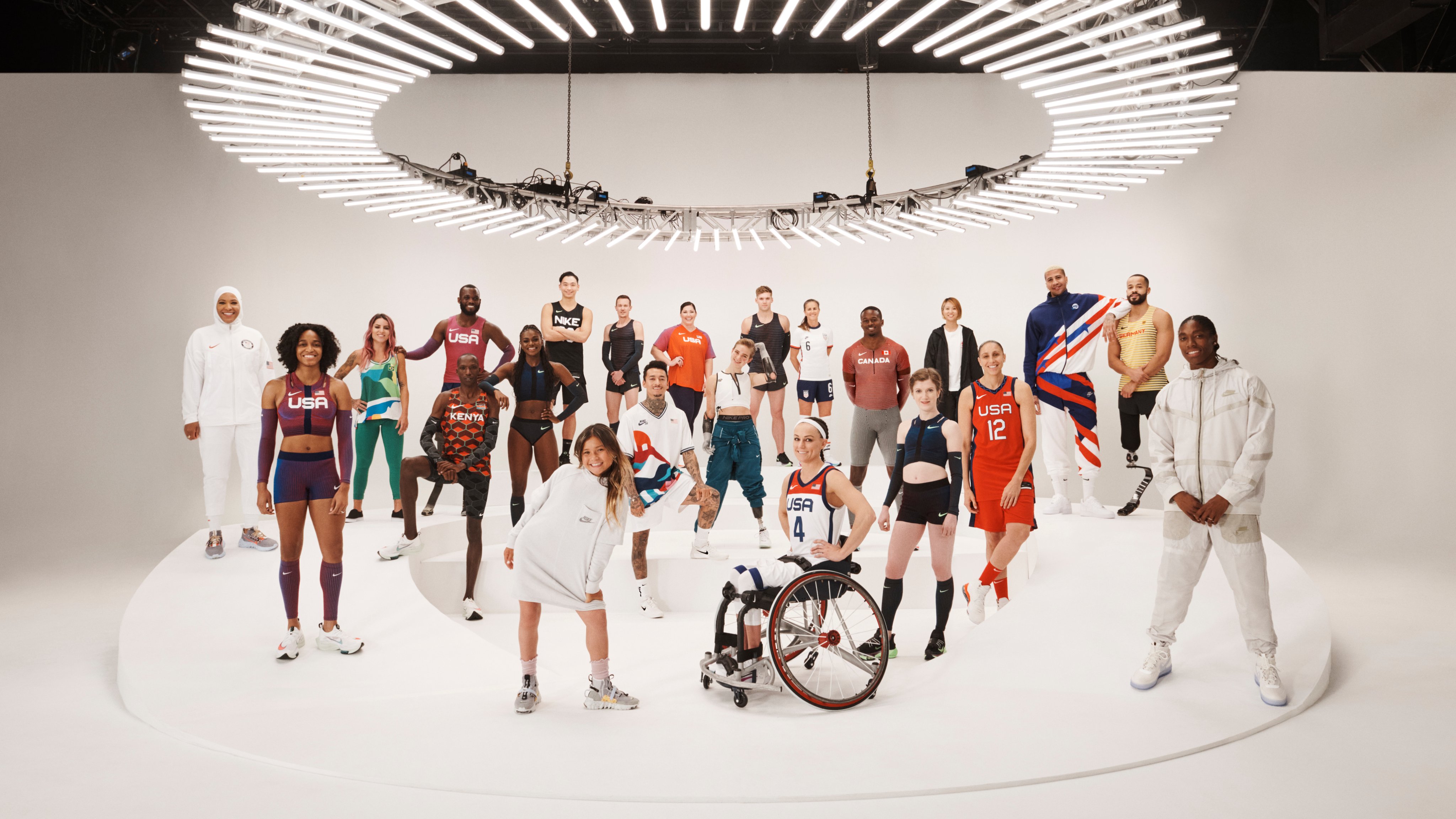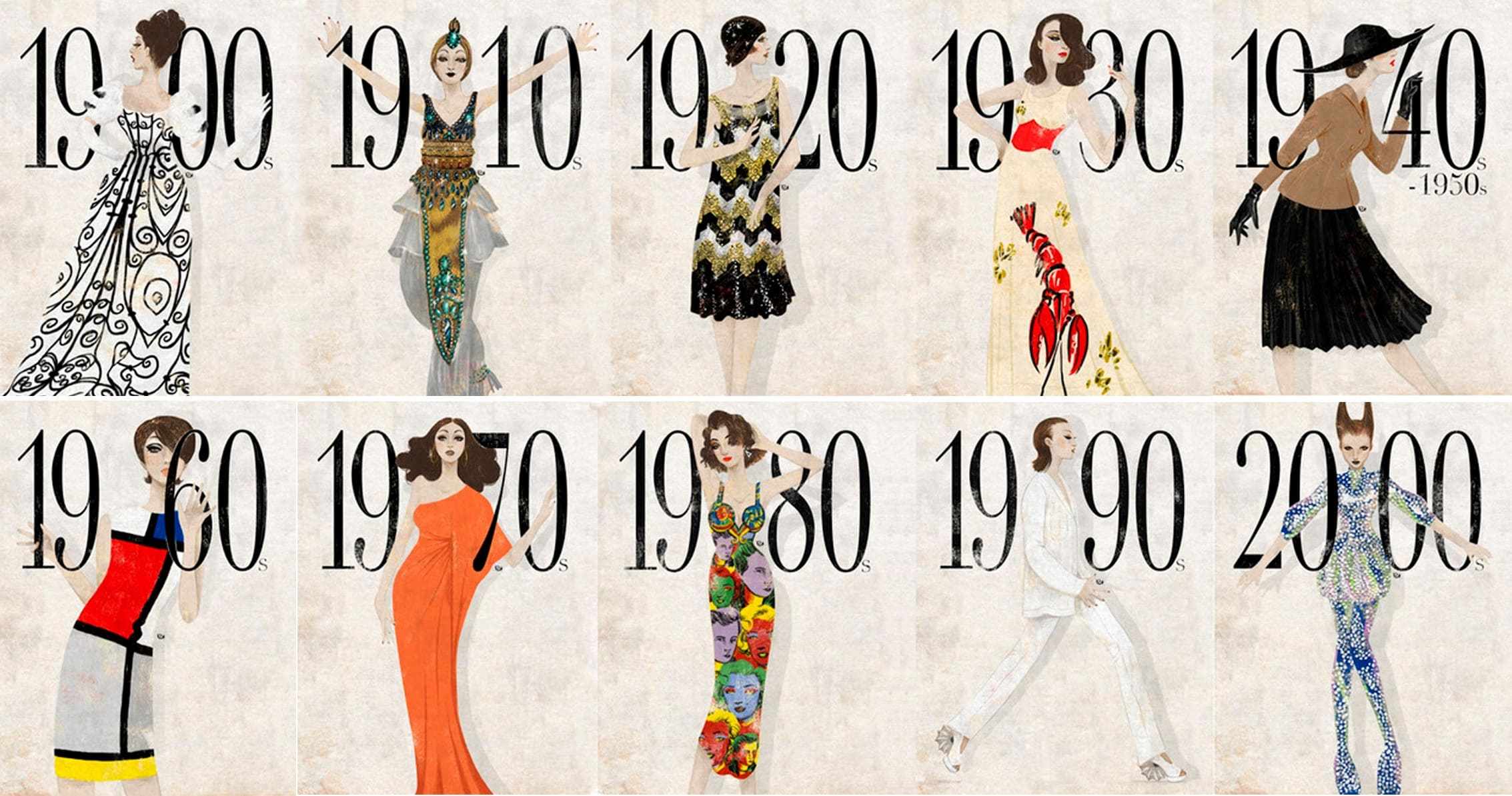fashion
The Evolution Of Fashion: A Journey Through Time And Trends
Have you ever wondered about the inspiration and the fashion style that is behind the outfit that you are wearing? If yes, then you should know that fashion has been a vital part of human history, constantly evolving and reflecting the changing times, cultures, and societal norms. From ancient civilizations to modern-day trends, the fashion world has undergone a fascinating transformation.
In this blog, we will explore the journey of fashion’s evolution, learning the iconic trends and popular styles that have shaped the way we dress and express ourselves throughout the ages. So let’s read on as we reveal how fashion is not only a way to dress but also a strong form of self-expression.
A Comprehensive Guide To The Evolution Of Fashion And Popular Trends
1920s

In the early 1900s, fashion started to evolve as various styles were introduced. Before that, women wore tight corsets and heavy long dresses. On the other hand, men used to wear tunics with leggings. However, there was a drastic change in the styles of dress. The fashion trends went from formal clothing to a more casual look. In the 1920s, women changed their way of dressing from restrictive corsets and skirts to more comfortable and easy clothing. It is also famous as the year of change and liberation.
Flapper dresses with short hemlines and dropped waistlines became the iconic attire of the era. Women used to wear it in order to look good and show their unique style. Not only women but men fashion also changed from suits to tuxedos and sportswear. Young students wore la Varsity jackets to keep their fashion game high throughout the era.
1930s

The 1930s was a time of hardship and depression. The fashion due to this reason became less extravagant and much more affordable for almost everyone. There was an introduction to practical clothing. Women started wearing bias-cut dresses that looked perfect on their bodies.
They were available in different prints, and the best part was that the dress was made from less fabric. Many women also joined the fashion industry this year to showcase their skills and improve the manufacturing process.
1940s

At the start of the 1940s, there was World War 2. Both women and men often mostly wore uniforms and utility clothing. People reused their previous dresses to create new ones rather than experimenting with new styles and designs. Due to the shortage of sources, everyone wore similar clothes regardless of their status.
After the war, Christian Dior became the most popular designer. He introduced a new silhouette for women that revived the fashion styles. The dress had a gorgeous pleated skirt, nipped waist, soft shoulders and padded hips. Despite the criticism, the new look revived the fashion industry and took it to a new level of success.
1950s

In the 1950s, there was post-war prosperity. The fashion styles and designs returned with new approaches. There were more chic and expensive clothes in the market. Women wore hourglass silhouettes that embraced their bodies. Men’s styles also took a new turn, and there was the introduction of greaser looks with leather jackets. There was also a strong influence on sports, and many brands started collections, such as the Lakers Jackets Collection.
1960s

There was a social revolution in the 1960s, and the fashion industry was greatly impacted by it. There were diverse trends and styles introduced in this era. Fashion designers broke many traditions and rules during this time period. The most iconic design was the short skirt. There were mostly worn with tops or long sleeves sweaters. The prints were often floral, geometrical, stripes or optic prints. People tried many different color combinations, and the most popular one was black and white. Men also started wearing clothes in mod style. The most famous dress style was skinny ties and fitted suits.
1970s

The 1970s were influenced by disco music, and the fashion trends were according to it. For women, there were many new looks that included mini skirts, tie–dye, peasant blouses, bell-bottom pants and maxi dresses. Almost half of them are popular even now. Men used to wear bright 3-piece suits made of top-quality wool or other fabric for any formal events. For more casual looks, there were styles like flannel shirts, flip-flops and sweaters. To give themselves a cooler look, men also wore team-inspired apparel such as Raiders jackets.
1980s

In the 1980s, the fashion industry had bold color dresses, shoulder pads and excessive use of accessories. It was an era of power dressing where high heels and tailored suits were increasingly common. Whereas men fashion shifted towards more comfortable and preppy styles like polo shirts and boat shoes.
1990s

1990 is seen as the backlash against the previous decade. The focus of the fashion industry was on minimalism. The dresses and trends were mostly casual without any complex designs. Everyone adopted oversized clothes and loose jeans. There was also a rise in athletic wear due to its durability and comfort. Sports enthusiasts also started wearing jackets like Dodgers collection, making them one of the top fashion pieces.
2000s

There was a rise in fast fashion in the 2000s. Clothing became more disposable and cheaper. Low-rise jeans and crop shirts took over the fashion industry. Men started wearing streetwear with sneakers and hoodies. There was a comeback of bold prints and neon colors.
Conclusion
In conclusion, the evolution of fashion throughout history has been a captivating journey, reflecting the social revolutions, cultural influences, and technological advancements. From the old garments of ancient civilizations to the unique designs of modern couture, fashion has continuously pushed boundaries and served as a means of self-expression and identity.
As we look towards the future, we can expect even more innovative and inclusive trends, showcasing the limitless creativity of designers and the empowerment of individuals to showcase their unique styles. Fashion remains a powerful force, shaping not only our appearances but also the way we showcase ourselves to the world. We hope after reading this blog, you know the complete journey of fashion trends and how people used them to express their personality and style.


Wow superb blog layout How long have you been blogging for you make blogging look easy The overall look of your site is magnificent as well as the content
you are in reality a good webmaster The website loading velocity is amazing It sort of feels that youre doing any distinctive trick Also The contents are masterwork you have done a fantastic job in this topic
I loved as much as youll receive carried out right here The sketch is tasteful your authored material stylish nonetheless you command get bought an nervousness over that you wish be delivering the following unwell unquestionably come more formerly again since exactly the same nearly a lot often inside case you shield this hike
Wow amazing blog layout How long have you been blogging for you made blogging look easy The overall look of your web site is magnificent as well as the content
Somebody essentially lend a hand to make significantly posts I might state That is the very first time I frequented your web page and up to now I surprised with the research you made to create this particular put up amazing Excellent job
Wonderful web site Lots of useful info here Im sending it to a few friends ans additionally sharing in delicious And obviously thanks to your effort
I am genuinely amazed with your deep insights and superb way of expressing complex ideas. Your depth of knowledge clearly stands out in every sentence. It’s clear that you spend considerable time into understanding your topics, and that effort pays off. Thank you for sharing such valuable insights. Keep on enlightening us! https://www.elevenviral.com
I’m truly impressed by your keen analysis and excellent writing style. The knowledge you share is evident in each paragraph. It’s evident that you invest a great deal of effort into delving into your topics, and the results is well-appreciated. We appreciate your efforts in sharing such valuable insights. Keep up the great work! http://www.RochelleMaize.com
I’m truly impressed by your deep insights and excellent writing style. Your expertise is evident in each paragraph. It’s clear that you invest a great deal of effort into researching your topics, and the results pays off. Thank you for sharing this valuable knowledge. Keep on enlightening us! https://www.elevenviral.com
I’m truly impressed with your profound understanding and superb writing style. Your expertise is evident in each paragraph. It’s obvious that you invest a great deal of effort into delving into your topics, and the results is well-appreciated. Thanks for providing such valuable insights. Continue the excellent job! https://rochellemaize.com
I loved as much as you will receive carried out right here The sketch is attractive your authored material stylish nonetheless you command get got an impatience over that you wish be delivering the following unwell unquestionably come more formerly again since exactly the same nearly a lot often inside case you shield this hike
Its like you read my mind You appear to know a lot about this like you wrote the book in it or something I think that you could do with some pics to drive the message home a little bit but instead of that this is fantastic blog An excellent read I will certainly be back
My brother recommended I might like this web site He was totally right This post actually made my day You cannt imagine just how much time I had spent for this information Thanks
Somebody essentially lend a hand to make significantly posts I might state That is the very first time I frequented your web page and up to now I surprised with the research you made to create this particular put up amazing Excellent job
I am not sure where youre getting your info but good topic I needs to spend some time learning much more or understanding more Thanks for magnificent info I was looking for this information for my mission
Eu simplesmente não consegui sair do seu site antes de sugerir que realmente adorei as informações habituais que um indivíduo fornece aos seus visitantes. Voltarei regularmente para verificar novas postagens
Vitazen Keto Gummies This is really interesting, You’re a very skilled blogger. I’ve joined your feed and look forward to seeking more of your magnificent post. Also, I’ve shared your site in my social networks!
Eu li várias coisas certas aqui Certamente vale a pena marcar como favorito para revisitar. Eu me pergunto quanto esforço você faz para criar esse tipo de site informativo excelente
BaddieHub Pretty! This has been a really wonderful post. Many thanks for providing these details.
allegheny county real estate I appreciate you sharing this blog post. Thanks Again. Cool.
dynamic balancing machines
Dynamic Balancing Machines
Dynamic balancing machines are essential tools designed specifically to eliminate the static or dynamic unbalance in various rotors. Whether you are dealing with crushers, fans, mulchers, augers, or turbines, these machines come into play ensuring smooth and efficient operation. With the ability to enhance performance, reduce wear and tear, and extend the life of machinery, dynamic balancing machines are a crucial investment for any workshop or manufacturing facility.
Understanding Dynamic Balancing Machines
Dynamic balancing involves correcting the mass distribution of rotors to minimize the vibrations that can lead to undesirable motions. Dynamic balancing machines integrate a mechanism that accelerates the rotor to a specified rotation frequency while a specialized measuring and computing system analyzes vibrations or forces acting on the rotor. This system ultimately determines the necessary corrective weights to achieve perfect balance.
Types of Balancing Machines
When discussing dynamic balancing machines, two primary types come to the forefront: Soft Bearing machines and Hard Bearing machines. Each type has unique structural features that make them suitable for different applications and balancing needs.
Soft Bearing Machines
Soft Bearing machines feature flexible supports made from spring-based suspensions. These supports allow the rotor to oscillate freely, which is necessary for accurate balancing, especially at lower speeds. The natural frequency of these machines is significantly lower than that of the rotor, ensuring that vibrations are effectively captured. Many enthusiasts and professionals opt to build these machines themselves due to their straightforward design. From homemade setups to well-engineered models, Soft Bearing machines are widely appreciated for their balance quality and manufacturability.
Hard Bearing Machines
In contrast, Hard Bearing machines employ rigid supports with intricate slots designed to endure and accurately measure higher frequencies found in larger or faster rotors. These machines can balance a wider range of rotor dimensions and weights and are versatile enough to handle multiple applications without the risk of vibration issues that can occur at different speeds. Many users prefer Hard Bearing machines for precision work as they enable greater balancing accuracy even under less than optimal rotational speeds.
DIY Balancing Machine Construction
If you’re interested in the DIY route, constructing your own dynamic balancing machine can be a rewarding experience. Whether you are a hobbyist or a professional looking to save costs, many individuals have successfully created their own machines with relative ease. Start by gathering the necessary materials, which typically include a bed frame, a drive mechanism, and the appropriate measuring sensors.
Primary components you’ll need for your DIY machine include:
Bed Frame: A robust frame to support the rotor and other essential parts.
Drives: A motor or spindle that can rotate your rotor efficiently.
Vibration Sensors: Essential for measuring vibrations and analyzing balance in real-time.
Corrective Weights: These are determined based on your machine’s balance outputs.
Common Applications of Dynamic Balancing Machines
Dynamic balancing machines have a myriad of applications. They are commonly used in industries focused on manufacturing, automotive engineering, and maintenance, among others. Some typical applications include:
Balancing Turbines: Ensuring stability in power generation systems.
Balancing Fans: Essential for HVAC systems to enhance efficiency and performance.
Balancing Crankshafts: Critical in automotive manufacturing where smooth engine operation is paramount.
General Rotor Balancing: Used to maintain equipment that relies on rotating components like centrifuges and pumps.
Benefits of Using Dynamic Balancing Machines
The advantages of incorporating dynamic balancing machines into your processes are significant:
Reduced Vibration: These machines effectively decrease unwanted vibrations, which can lead to premature wear of machinery.
Improved Equipment Lifespan: By ensuring components are correctly balanced, you extend the functional life of machines.
Enhanced Performance: Properly balanced rotors lead to more efficient operation, resulting in energy savings and higher productivity.
Cost-Effectiveness: Avoid costly downtime and repairs associated with imbalanced machinery.
Maintenance Tips for Dynamic Balancing Machines
To ensure that your dynamic balancing machine operates at peak efficiency, regular maintenance is essential. Consider the following tips:
Regular Calibration: Ensure that measuring and computing systems are calibrated per the manufacturer’s specifications.
Inspect Sensors: Frequently check the condition of vibration sensors to maintain accurate readings.
Keep Drives Lubricated: Ensure that belts and motors are well-lubricated to prevent friction and wear.
Clean Equipment: Regularly clean dust and debris off equipment to maintain an optimal working environment.
Conclusion
Dynamic balancing machines are the unsung heroes of the manufacturing and maintenance world. Whether you appreciate the satisfaction of building your own or prefer to invest in ready-made options, the importance of these machines cannot be overstated. They enhance operational efficiency, contribute to longevity in machinery, and ultimately, create a smoother, more productive work environment. Whether for personal projects or professional applications, understanding and utilizing dynamic balancing machines will undoubtedly pay off in the long run!
obviously like your website but you need to test the spelling on quite a few of your posts Several of them are rife with spelling problems and I to find it very troublesome to inform the reality on the other hand Ill certainly come back again
Usually I do not read article on blogs however I would like to say that this writeup very compelled me to take a look at and do so Your writing taste has been amazed me Thanks quite nice post
I am genuinely amazed with your keen analysis and superb way of expressing complex ideas. Your depth of knowledge is evident in every piece you write. It’s evident that you put a lot of effort into researching your topics, and the results is well-appreciated. Thanks for providing this valuable knowledge. Continue the excellent job! Learn more about [OnlyFans Marketing](https://elevenviral.com/onlyfans-marketing-growth-service/) https://elevenviral.com/onlyfans-marketing-growth-service/
Awesome write-up! It was very educational. Visit us at https://thefoundationkings.com/ for all your underpinning needs.